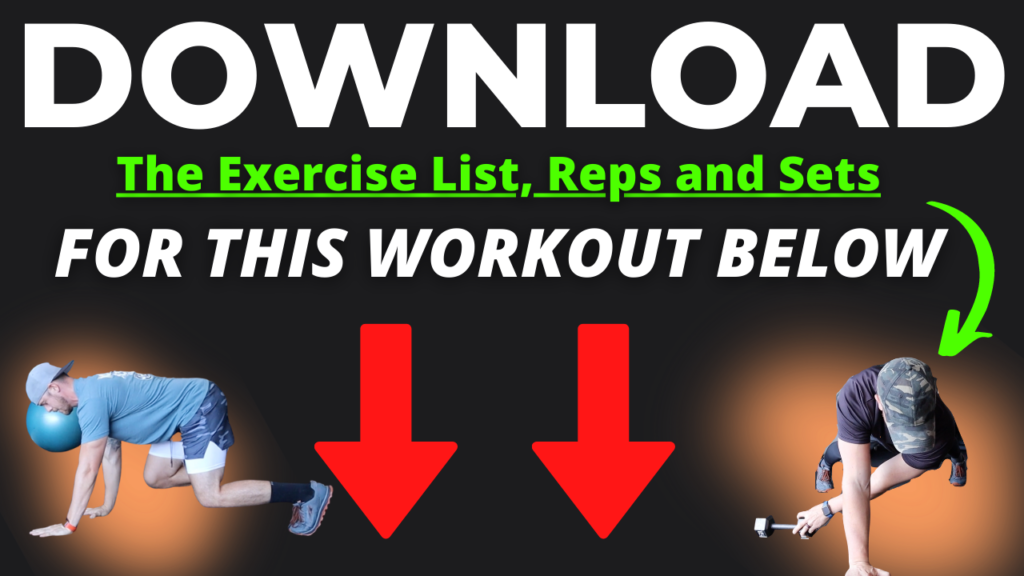3 Back Exercises Perfect For Herniations, Bulges And Post-Fusions
Your intentions of building a stronger back in hopes of alleviating your pain are good, but the exercise choices you’re making could be the exact reason your back seems always to be “recovering” from the simplest of daily tasks.
You can do a few things to ensure your exercise choice isn’t the leading cause of your low back tightness or pain.
Some of these are:
- Make sure you’re “transitions” during the exercise are pain-relieving, not provoking.
- Make sure you know how to modify a “dangerous or scary” exercise to fit you and your injury in the moment.
- Make sure your focus less on the reps and sets and more on body position and “feel” of the exercise to the end.
In today’s video, I’m not only going to share with you 3 back strengthening exercises that are great for chronic low back pain, disc injuries, and post fusions, but I want to give you access to this entire workout.
Download this week’s complete exercise list, along with the same sets and reps you should be doing HERE.
Is It Safe To Train Your Back With A Disc Herniations Or Post Spinal Surgery?
Building a more muscular back after spinal surgery or disc injury is doable. What matters most is how you get back onto a full strength program.
Your body needs time to adjust. When dealing with chronic pain, a lot is happening that is not just a physical issue.
There are a lot of layers that you need to respect and workaround to ensure that what you’re doing isn’t just going to make it worse.
So yes, it is safe if you have the right coaching and understanding of what “safe” is for you.
What Are Safe Exercises I Can Do With A Disc Injury Or Fusion?
Your main priority is to be cleared to exercise with your specific injury.
From there, you have to look at personal pain triggers.
What do you do daily to provoke or pick the scab of your injury?
We have to ensure you’re not doing anything that could cause further pain or discomfort as you start to load the body with weight.
Armed with that knowledge, I want you to pick ONE exercise and break it down to its simplest form.
Let’s take the lunge, for example.
I would start in the lunge position and stand there and see how my low back felt. Is it okay?
Then go halfway down into the lunge and come back up really slow.
How did that feel?
Now go down to the point where your knee is at 90 degrees.
Repeat this test and tune the process until you can comfortably do multiple reps with great form and minimal discomfort.
Sometimes it’s best to stop the workout before going too hard to give your body some time to provide honest feedback since some pain is experienced 24-48 hours after.
Apply this process to every exercise you want to add to your program!

